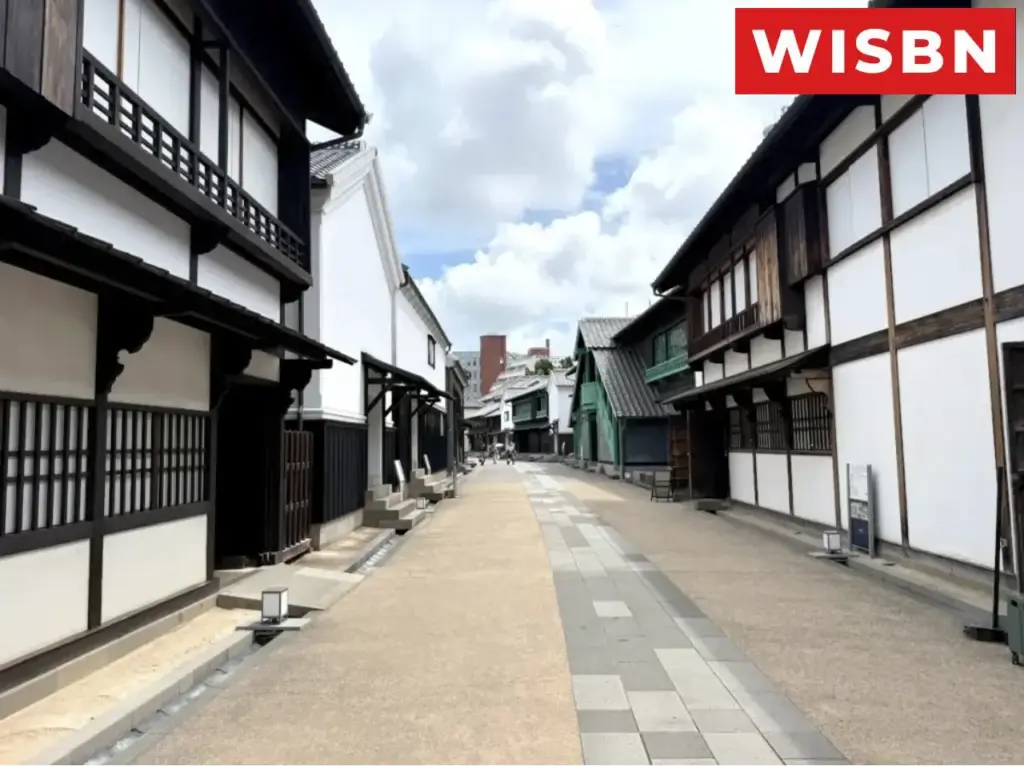The feudal rulers of Japan faced a dilemma in the early 1600s. Contact with European merchants during the recently concluded Sengoku era of civil war had revealed just how far Japan was falling behind the West in areas like science, technology, and trade, so they wanted to keep access to foreign goods and knowledge. At the same time, there were fears that outside influences, especially the spread of foreign religions, could undermine the authority of the Shogunate — for example, when samurai lord Omura Sumitada converted to Christianity and declared his plan to hand Nagasaki over to Jesuit missionaries.
To maintain trade while limiting unwanted foreign ideas, the Shogunate devised Dejima, a man-made island in Nagasaki City where Dutch merchants would be allowed to reside but be strictly contained. Dejima featured living spaces and work facilities, yet its foreign occupants were barred from traveling elsewhere in Japan, since official edicts from the Shogunate prohibited people from leaving or entering the country at any other ports. Dejima’s initial build was finished in 1636, and it remained the sole place where Westerners — restricted to Dutch traders — could live in Japan for the next 200-plus years until the country finally reopened its borders as part of the reforms and modernization of the Meiji Restoration.
Today, Dejima is, of course, no longer a foreign containment outpost, but has become a historic district of preserved, restored, and reconstructed structures, plus a museum recounting the story of the settlement. Because the island originally functioned as a trading post, it’s situated very near the city center, less than a 10-minute taxi ride from Nagasaki Station, or roughly 20 minutes on foot if you fancy a waterfront walk to get there.
A recent visitor crossed the bridge spanning the canal and paid the 520-yen entry fee before setting off along the streets of Dejima, which comprises 20 buildings.
The wooden buildings are mainly restorations and reconstructions of mid-1800s Edo-period structures, such as captains’ residences, warehouses, and clerks’ lodgings. There’s an intriguing mix of architectural motifs: the designs mostly resemble other Japanese buildings of the era, but particular elements, like the glass windows on the second floor of the head clerks’ quarters, wouldn’t have appeared on typical Japanese homes.
Similarly, stone and brick constructions, such as a restored warehouse from the 1860s, wouldn’t become widespread in the rest of Japan until decades later.
Traditional Japanese warehouses of the Edo period looked different, which is also shown among Dejima’s restored buildings.
As noted above, once foreign merchants reached Dejima, they were confined to the island until they departed for home. Because of that, while Dejima was mainly a workplace, cultural and social events still took place within the community, and one of the many buildings visitors can enter includes a banquet hall, again demonstrating a blend of styles by placing Western-style chairs and a table atop tatami reed mats.
However, despite Dejima’s great historical importance, the site itself is surprisingly small. Speaking with museum staff, it was learned that Dejima’s land area is only about 4.7 hectares (just under 506,000 square feet), or, to use a more visual measure, only about 1/3 the size of the Tokyo Dome baseball stadium.
Examining the museum exhibits that detail how traders journeyed to Dejima, their last ports of call before Nagasaki were typically in Indonesia, and traveling by sail-powered ships meant the voyage normally took six weeks. After spending that long cramped on shipboard, one couldn’t help imagining that then enduring months or years confined to Dejima’s limits must have felt suffocating to some. “Yes, it was definitely a very small area that they were restricted to,” one of the museum’s historians said when the topic was raised. “The small size of Dejima shows how huge the Edo shogunate’s fear of Christianity was.”
In time, though, the shogunate’s hold on the nation began to slacken, due in large part to a growing view that centuries of isolationist policies had not only hampered progress, but had created such a divide between Japan and the rest of the world that the country would be unable to defend itself from external threats. By the end of the 1800s, the shogunate would be abolished, and in 1866 Dejima was absorbed into Nagasaki’s much enlarged foreign settlement area, which would itself later be dissolved because of officially enforced zoning laws.
Despite being set up to isolate disruptive foreign ideas from the rest of the country, today Dejima is widely regarded as having been not only a gateway for trade goods, but also an important conduit of knowledge in fields like science and medicine that still seeped out, improving the lives of people across classes in Japan and helping it progress toward the modern, stable society it is today.



